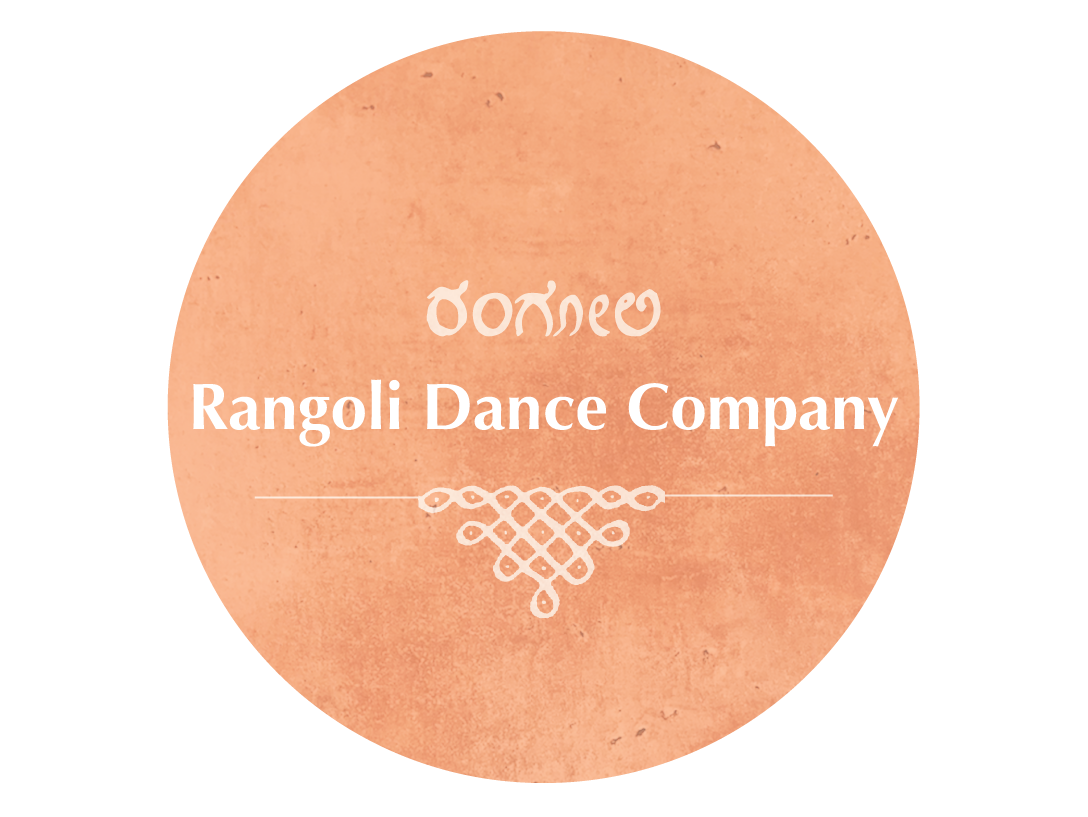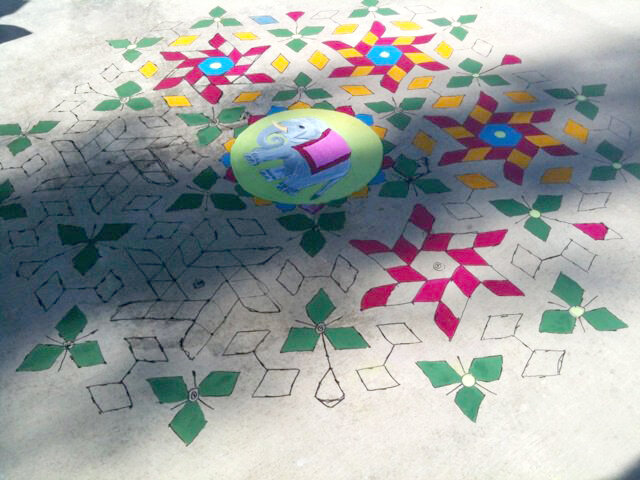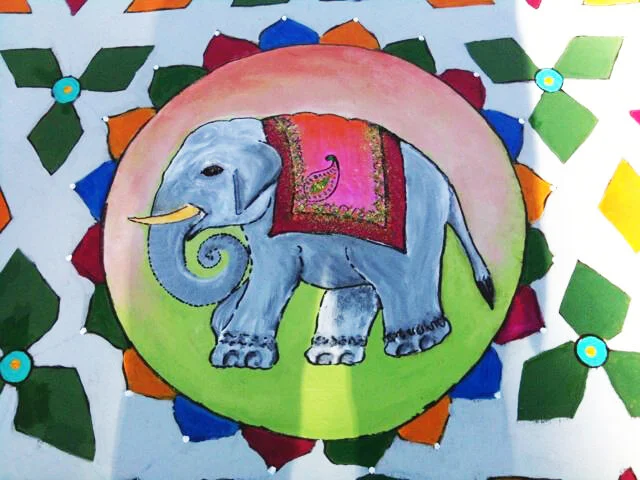What is Rangoli?
In India, the name Rangoli symbolizes Beauty, Hope, and Tradition.
The ritual of drawing Rangoli patterns, a skill handed down from mother to daughter is considered an auspicious welcome sign.
Women start their chores by drawing Rangoli designs in front of the threshold, prayer area, courtyards, walls, and in front of the sacred plant Tulasi.
Drawn meticulously and with bare fingers, it is meant to ward off all evils and is revered as a divine art.
Rangoli patterns involve a floor design and are usually drawn using rice flour, chalk, fine quartz powder, flower petals, grains or other natural materials made of vegetable dyes. Drawing and connecting simple dots or lines is what usually creates these exquisite floor designs. Most of the motifs are either geometric or they imitate the flora and the fauna. Women draw more elaborate designs during special occasions, such as weddings, temple ceremonies, and festivals.
With this daily ritual, the women hope for the day to bring peace, health, good luck, and prosperity. Rangoli, also referred to as ‘Sand Mandala’, has various names throughout India: Kolam, Alpana, Muggulu, and Rangavalli. Rangoli is meant for the moment or the occasion. Like that of a flower, its freshness is short lived. To the uninitiated, the impermanence of the Rangoli art can be a candle in the wind. Once its purpose is served, it is erased and the ritual is repeated with the same intention and zeal.
Written by Malathi Iyengar - Dance & Devotion, published by Rangoli Foundation 2004
Floor Design for the Elephants of Asia Exhibit, Los Angeles Zoo
Artists: Suresh Iyengar & Malathi Iyengar
Helpers: Lakshmi Iyengar & Sheila Aula














